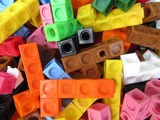
In this lesson students use various models to explore what happens when you divide a whole number by a decimal.
- Subject:
- Mathematics
- Material Type:
- Activity/Lab
- Lesson Plan
- Author:
- Drew Polly
- Date Added:
- 07/27/2020

In this lesson students use various models to explore what happens when you divide a whole number by a decimal.

In this lesson students use various models to solve tasks involving the division of decimals.
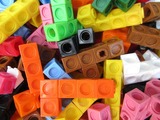
Students explore what happens to the value of a product and the placement of the decimal point when multiplying decimals.
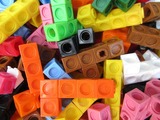
In this lesson students explore models when multipliying a whole number by a decimal.
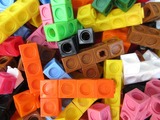
In this lesson, students will use their understanding of decimal operations to solve and notate solutions to problems.

Students will be given a PBL problem “How can we use data collected for Feed the Hunger to solve problems and be prepared for our packing day on November 10th?” Student’s will develop a plan to package food for this organization. They will work in groups of 4 or 5 as they work on this PBL. This lesson was developed by Erin Plummer as part of their completion of the North Carolina Global Educator Digital Badge program. This lesson plan has been vetted at the local and state level for standards alignment, Global Education focus, and content accuracy.
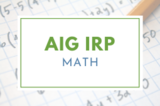
Students will analyze data regarding regular grade fuel prices from 1992 to the present in order to identify patterns and infer possible reasons for changes in fuel prices. This lesson was developed by NCDPI as part of the Academically and/or Intellectually Gifted Instructional Resources Project. This lesson plan has been vetted at the state level for standards alignment, AIG focus, and content accuracy.

This About the Cluster document was created by NC2ML and state leaders to provide teachers with an overview of the mathematics content and pedagogies in 5th Grade Cluster 5. This is not remixable since it is from a state-wide leadership group.
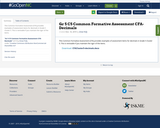
This Common Formative Assessment (CFA) provides examples of assessment items for decimals in Grade 5 Cluster 5. This is remixable if you maintain the rigor of the items.

This lesson provides opportunities for students to compare and order decimals, add and subtract decimals, and estimate the reasonableness of sums and differences of decimals. This is remixable if you add additional supports for the range of learners.

This document provides ideas for next steps and instructional moves to support the range of learners for Grade 5 Cluster 5. This is remixable.
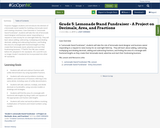
Purpose: Engages students and introduces the element of a lemonade stand needed for building a lemonade stand and creating a business.
Case Overview
In “Lemonade Stand Fundraiser”, students will take the role of lemonade stand designer and business owner responding to a request to raise money for an overnight field trip. They will learn about adding, subtracting, multiplying and dividing decimals, adding and subtracting fractions, and finding the area of a rectangle with fractional lengths as they create their lemonade stand, advertise and start their fundraising business.
***NOTE
This PBL was created before NC adopted it's NC standards. NF.2 and NF.6 are no longer Grade 5 standards but incorporated into other NF standards.
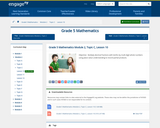
In this lesson, students will multiply decimal fractions with tenths by multi-digit whole numbers using place value understanding to record partial products.
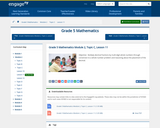
In this lesson, students will multiply decimal fractions by multi-digit whole numbers through conversion to a whole number problem and reasoning about the placement of the decimal.
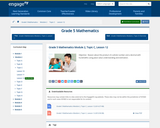
In this lesson, students will reason about the product of a whole number and a decimal with hundredths using place value understanding and estimation.
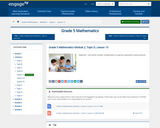
In this lesson, students will use whole number multiplication to express equivalent measurements.
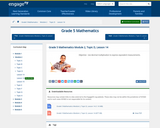
In this lesson, students will use decimal multiplication to express equivalent measurements.
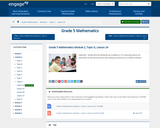
In this lesson, students will divide decimal dividends by multiples of 10, reasoning about the placement of the decimal point and making connections to a written method.
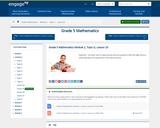
In this lesson, students will use basic facts to approximate decimal quotients with two-digit divisors, reasoning about the placement of the decimal point.
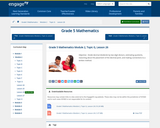
In this lesson, students will divide decimal dividends by two-digit divisors, estimating quotients, reasoning about the placement of the decimal point, and making connections to a written method.